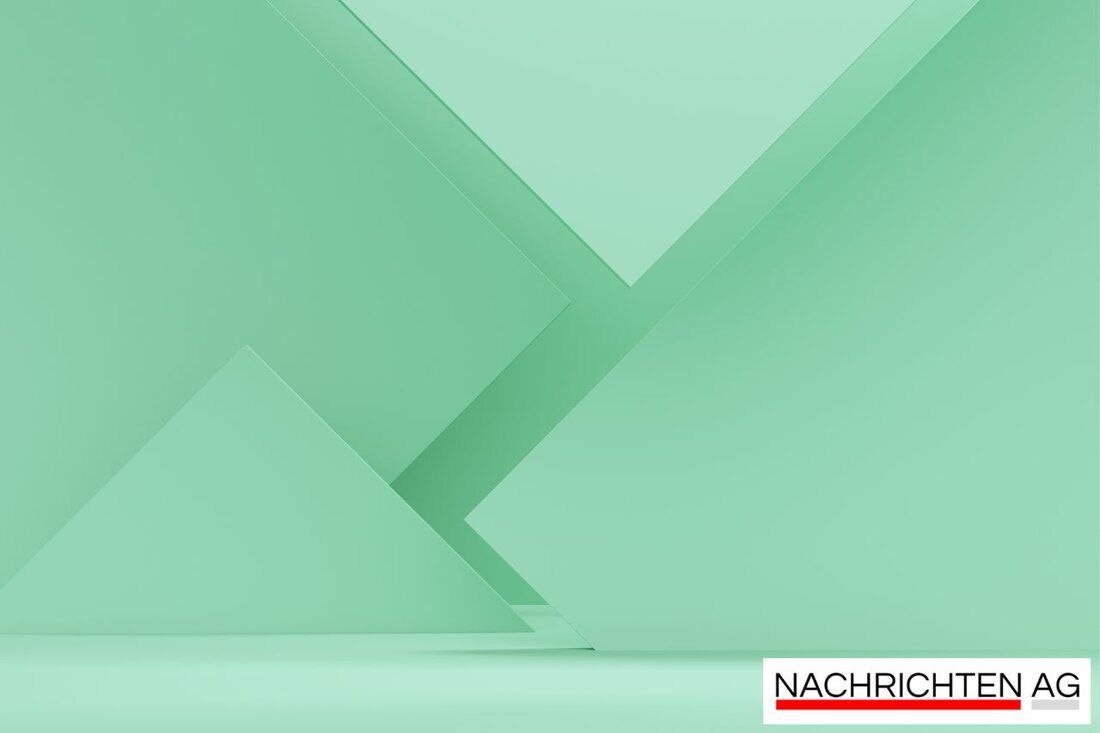Heidelberg's Kaufhof: New ideas for an open city center!
Architecture students from TU Braunschweig present innovative reuse concepts for the old Kaufhof building in Heidelberg.

Heidelberg's Kaufhof: New ideas for an open city center!
Something is happening in the heart of Heidelberg. The empty Galeria Kaufhof building on Bismarckplatz, which has been unused for a year, could soon shine in new splendor. The architecture students at the Technical University of Braunschweig set out to find ways to reuse the building. Under the project name “KAUF-AUS – Opportunity for Heidelberg’s urban culture,” they present their ideas in an exciting exhibition that includes cooperation partners such as the “Neckarorte” and “Urban Innovation” associations. The exhibition shows 13 master theses designed by Ann-Kathrin Lepke-Jensen and can be seen on large-format plans. The focus is on the reassessment of this architecturally valuable and urban planning-significant building, which is located in the middle of the city.
How could the almost 12,000 square meter building be used in the future? So far, proposals are promising: A branch of the city library, exhibition space for a city museum and a citizen service are being discussed. Gastronomic offerings or pop-up stores could also fit well into the new concept. The idea is clear: the building should become an open house and meeting place for urban society.
Public interest and citizen participation
The ideas were discussed with the city community at an opening matinee attended by institute directors and participating alumni. The citizens were grateful for the suggestions and the format of the exhibition in public space. The exhibition is open to passers-by until the end of August and offers a unique insight into the creative potential that lies dormant in this space.
Why is the reuse of vacant areas so important? The Federal Institute for Building, Urban and Spatial Research (BBSR) also highlighted this in its report “Department and department stores in transition – small building culture status report”. The significant decline in department stores and department stores since 1994 not only has an impact on sales areas, but also threatens the attractiveness of city centers. The signs are diverse: online shopping has significantly changed retail and is increasingly leading to vacancies.
Opportunities for revitalization
However, the subsequent use of these areas can also be an opportunity. Vacancy offers potential for revitalization and can strengthen residents' identification with their place of residence. Successful conversion projects rely on well-thought-out concepts, but also on the flexibility of those involved on site. In order to promote not just retail, but all kinds of mixed uses - from culture to education to restaurants and living - cities have to take new paths and adapt their concepts. As has been impressively demonstrated in numerous examples of revitalization projects, this can lead to lively town centers.
In order to advance these developments, it is essential to promote the renovation and conversion of existing properties. Funding, such as the 13.25 million euros available as part of the “Reactivation of Vacancy” measure, can help create the right incentives.
A clear picture emerges: the challenges are great, but so are the opportunities. Cities must find creative and innovative approaches to not only increase the quality of life, but also strengthen social cohesion. The building on Bismarckplatz could become a showcase project for this future.

 Suche
Suche
 Mein Konto
Mein Konto